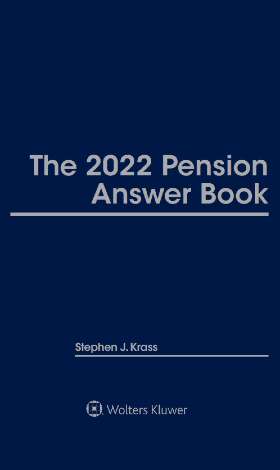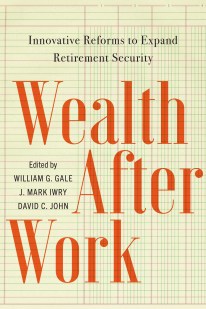Markets and Mandates: Retirement in Chile and the United States
By Manisha Padi Ordinary Americans are accustomed to a strict separation between private markets and public-benefits programs. Government programs, such as Social Security for retirees, disburse benefits to households without regard to the private options available to them. Conversely, private-market regulators, including the Securities and Exchange Commission, make rules about private retirement savings without accounting for public retirement benefits. The result is a disjointed experience for American retirees, whose public benefits are restricted by the Social Security Administration but whose...










